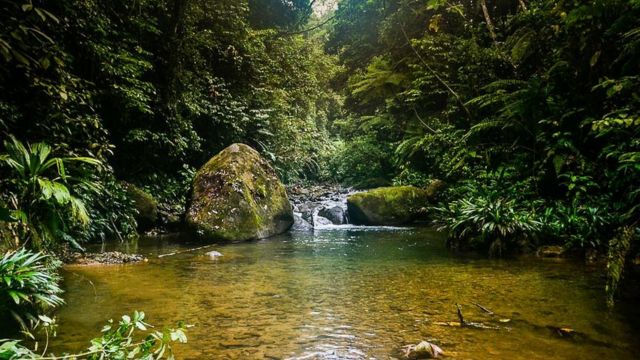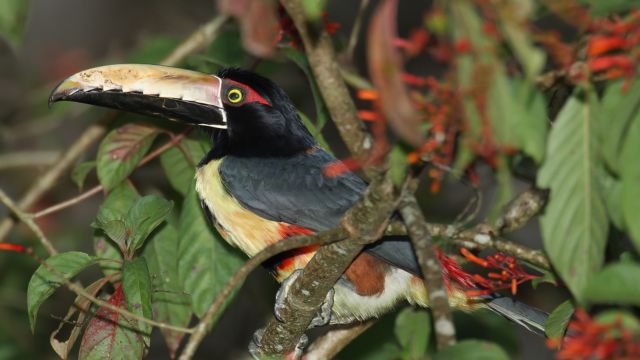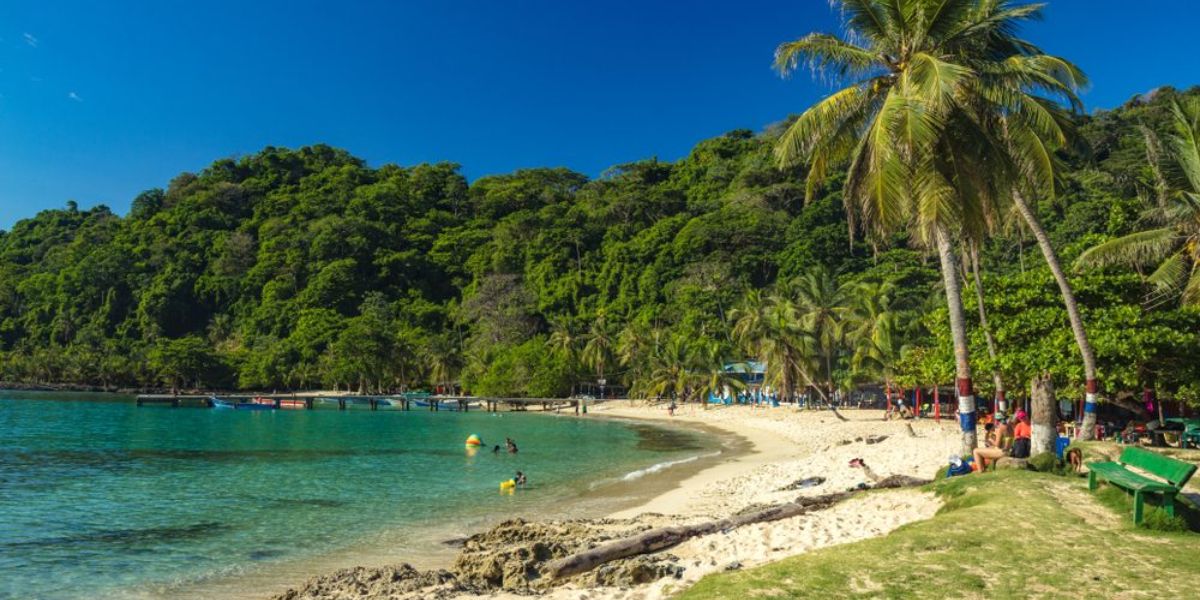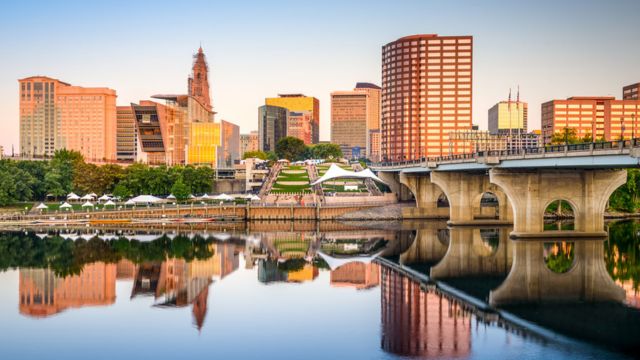Some of the world’s most dangerous natural treasures can be found in Panama, a nation renowned for its breathtaking beaches, lush rainforests, and lively culture.
One such location is a national park that presents serious risks to tourists in spite of its stunning beauty.
This article will examine this hazardous national park, emphasizing the special difficulties it poses and the safety measures that must be followed to guarantee a memorable and safe visit.
Darien National Park: Panama’s Stunning Yet Risky National Park
Every year, hundreds of thousands of desperate migrants brave the dangerous bottleneck by traveling by land. They are guided from one of the most hazardous locations in the Western Hemisphere to Darien National Park, a Central American destination that is becoming more and more well-liked by daring tourists.
The expansive park, which covers 2,220 square miles of Southern Panama, is hidden by dense, frequently impenetrable rainforest.
Here, jaguars lurk through the pristine bush, hardly visible. The cloud forests are inhabited by magnificent quetzales. The wails of howler monkeys ring through premontane forests.
Deadly snakes, stalking ocelots, and silent pumas slink unseen along the jungle floor. Mysterious and treacherous, the national park is wisely avoided by the vast majority of travelers to Panama, but for those who are not risk-averse, the park itself is abundant with natural beauty.

Activities to Do at Darien National Park?
Travelers are thrust immediately into the wilderness as they enter the Darien’s northernmost regions. Although the trip to Pirre Station is an experience in and of itself, the majority of trips that go through the highlands and mangroves start there.
You must pay attention to the sky when you cross Pinogana, El Real, and Pijivasal on foot or by canoe. Over this area of forest, some 450 different species of birds, including delicate jacamars and technicolor macaws, soar.
Travelers reach Pirre Station, an ANAM (La Autoridad Nacional del Ambiente) ranger station within the park, after following the rivers and rainforest trails. It’s one of the few official visitor destinations in the forest.

Despite being simple, the hotel is situated at the foot of two well-traveled hiking routes and in the middle of a verdant jungle. The Cerro Pirre trek winds up the mountainside and is open to daring adventurers.
The seven-mile, 3,799-foot elevation increase course takes about 9.5 hours to complete.
The one-mile loop from the station to a variety of undiscovered waterfalls that are ready for a refreshing swim is a more manageable choice. Traveling with a guide is definitely necessary for both hikes.
Read Also:
- Where to Retire in Oklahoma: These are the Best Cities for Senior Living
- Why This Small Minnesota Town Is Known as the “Finland of the US”
How can a trip to Darien National Park be organized safely?
If a visitor still wants to enter the large and little-managed national park, they must ask ANAM for a guide and travel authorization.
All excursions from the station must be accompanied by a guide, and visitors should be extremely vigilant for potentially harmful fauna, such as large cats, deadly snakes, aggressive wild pigs, and burrowing bot flies that deposit their eggs beneath human skin.
Given the large number of bug-borne diseases that are common in the forest, it is recommended to use a strong insect repellent.
Although the prospect of traveling to one of the world’s most dangerous places may inspire a sense of excitement, tourists would be better off visiting Panama’s opulent Pacific coast hideaways or its exclusive Caribbean island retreats.



